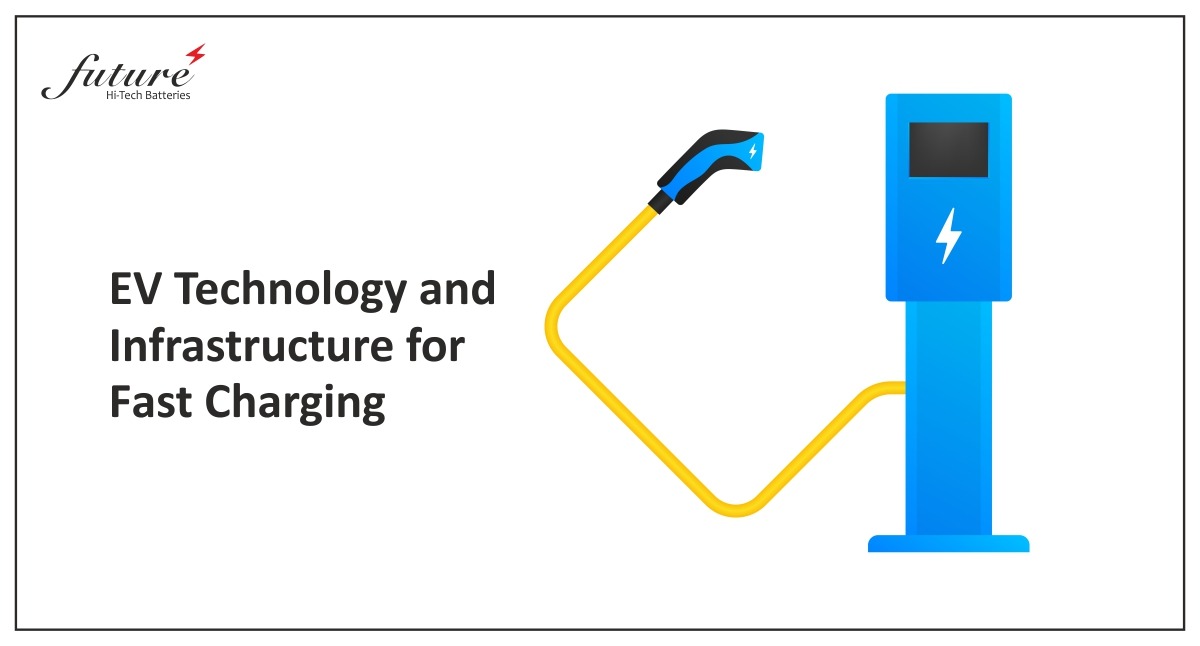In the past decade, electric vehicles (EVs) have gone from a rare sight on even the busiest road to an increasingly common, affordable option. In addition to consumer enthusiasm and government regulations and incentives, the number of industry players committed to phasing out internal combustion engine (ICE) vehicles continues to grow. Such commitments are still in the early stages, but by 2050 the bans OEMs have announced to date will account for more than half of today’s passenger vehicle sales, and the EU is aiming for an ICE ban by 2035, likely pulling other countries’ commitments forward as well.

Lorem ipsum dolor sit amet, nec in adipiscing purus luctus, urna pellentesque fringilla vel, non sed arcu integer, mauris ullamcorper ante ut non torquent.
All this growth means we need more places to charge EVs—now. Everywhere from homes and workplaces to retail sites, fleet depots, and on-the-go charging sites, the race is on to build enough public fast-charging stations to meet demand, remove perceived inconvenience for those still hesitating to transition to EVs, and ultimately help meet CO2 emission reduction targets. Some actions governments and companies can take include offering incentives to build private chargers, subsidizing public charging, and investing in production capacity and a skilled workforce.
EV charging infrastructure could become a bottleneck for growth – if not addressed on time!
As EVs have become increasingly affordable, one of the primary barriers for consumers is no longer cost but charging convenience. Today, most EV charging is done at home, but the availability and convenience of publicly accessible chargers will be crucial for the complete electrification of the vehicle fleet.
1. Regulations: In many geographies, securing permits to build chargers, construct sites, and connect to the electric grid can require months, or even years, of planning.
2. Grid: Especially in areas with high charging demand, the electrical grid needs to be upgraded to expand power capacity—which include expensive and time-consuming updates.
3. Resources: Several resources are in short supply, including skilled technicians, production capacity for fast-charging hardware, and enough green energy to make EVs fully environmentally friendly.
4. Cost: EV charging infrastructure is not cheap; in the European Union, a typical 350-kilowatt (kW) charger can cost $150,000, including hardware, installation, and planning.
Policy and Action
Offer more incentives and mandates for building private chargers. Many countries are finding success with establishing incentive schemes for consumers, such as refunds for installing a wall box. They are also increasingly introducing requirements and subsidies for apartment buildings and other multiunit dwellings to offer chargers, as well as for companies to install chargers at workplaces—indeed, chargers will eventually become a standard part of building design. These inducements should be structured to direct money toward the biggest bottlenecks for EV growth in a given community—for example, earmarking more incentive funding for apartment buildings in dense areas with limited parking.
Subsidize public charging in necessary locations. Subsidies—for capital expenditure on chargers, installation, and power distribution, as well as ongoing costs for operation—can help draw EV charging to areas where it is most needed. Such subsidies can make it economically viable to build chargers in areas where long-term profitability can outweigh short-term costs. Some governments, such as New York City’s, are funding installation costs to build chargers in high-demand areas; others, such as Germany’s, are sponsoring an entire network to be operated by private companies. A successful effort will require modeling of demand, grid capacity, and other factors to determine priorities for investment.
Work with utilities to build out the electric grid. Electric grids will need to expand capacity to ensure they can cover the demand that will be created by a future of EV-covered roads. Governments might direct funding to grid operators earmarked to build capacity starting in areas with high local charging demand. They can also consider developing a new grid fee system that accounts for peak demand charging need, protects the grid from overutilization, and keeps charging economically viable at ultrafast charging locations.
Link incentives and subsidies to use of green energy. Achieving net-zero road emissions requires ensuring EV chargers are distributing 100 percent green energy. Where possible, governments can advance multiple sustainability agendas by requiring recipients of incentives and subsidies to commit to using green energy.
Simplify and standardize permitting. In extreme scenarios, securing a permit for a charger site, including installation and grid updates, can take two years. Streamlining permitting to accelerate throughput will take concerted action at a number of levels of government and in most geographies.
EV charging infrastructure in India
Electric mobility (e-mobility) sector in India is categorized by the availability of Electric Vehicles (EVs) on the supply side and adoption trends on the demand side. Adequate charging infrastructure is the key prerequisite that will define the adoption trends of EVs in India. EVs carry limited onboard energy in the battery packs which need charging from time to time depending upon the battery pack, size, and capacity.
Charging systems are therefore essential for the sustainable operation of EVs. The charging requirement depends not only on the kind of vehicle (two-wheeler, three-wheeler, four-wheeler, and bus) but also on the utility purpose i.e. passenger or commercial. The Government of India has set a target to electrify 70% of all commercial vehicles, 30% of private cars, 40% of buses, and 80% of two-wheeler and three-wheeler sales by 2030. This target entails simultaneous penetration of charging stations across India.
The Government of India has been supporting the EV industry through schemes such as FAME1 and FAME2 with a major focus on charging infrastructure. The industry players too have been quite optimistic and shown an active interest in the overall EV Charging ecosystem. While EVs are being worked upon by major OEMs, an ecosystem for the development of chargers, charging stations, and other services are steadily being built.
The charging infrastructure is the backbone of electric mobility but is also one of the keys perceived barriers to EV adoption in India given its limited availability and long charging times.
India is picking up the pace in setting up the charging infra but not as much as is there in other regions like European Union (EU), USA or China. High operating cost, Discom load, and the uncertainty related to utilization rates of charging stations are holding back the charge operators from expanding their current reach.
Setting up of charging infrastructure i.e charging station requires…
a) Hardware (charger/EVSE)
b) Software (Central Management System/mobile app)
c) Service (maintenance of charging stations and other hardware/software)
An EV Charging Infrastructure, in essence, includes the following:
a) Charging station that contains several EVSE (Electric Vehicle Supply Equipment)/charge points. So, a charge point can be considered equivalent to a refuelling hose of a gas station/petrol pump. A charge point in turn contains several connectors/outlets however, per charge point, not more than one connector can be active at a time. This connector, through which the electricity is delivered, can be a socket or even a cable. A charger is then connected to one of these connectors basis requirements which then goes directly to the vehicle’s socket.
b) Central Management System (CMS) is a cloud-based backend system managed by the company operating the charging station. The CMS manages user authorization billing and rate of charging.
c) Mobile Application enables end-users in finding the nearest charging stations, reserve a charging slot, and pay. Digital infrastructure availability in the form of charging location finders, IoT infrastructure for multiple cars, online charging reservation platforms, and online payment platforms complete the value chain of charging infrastructure efficiently.










Your Comment Please